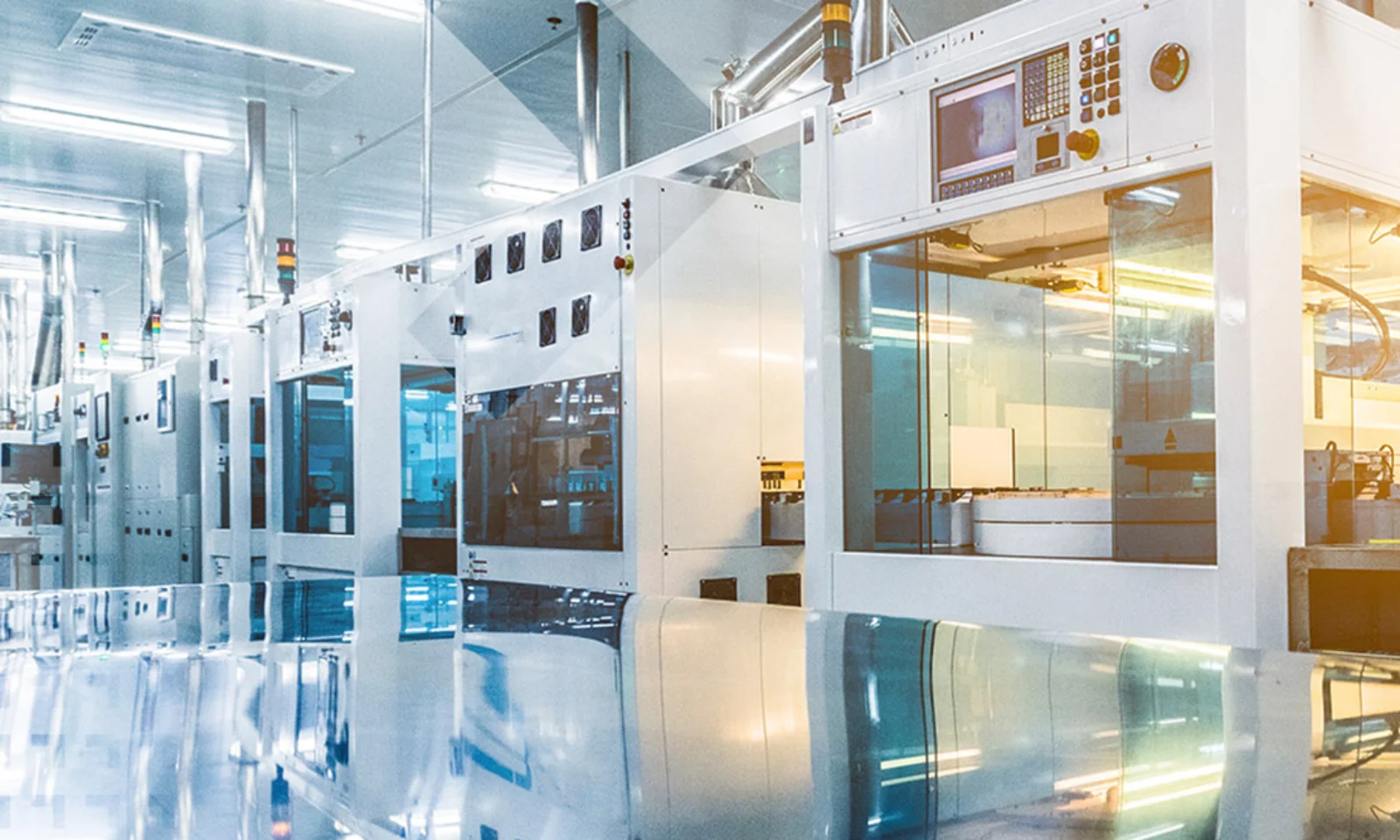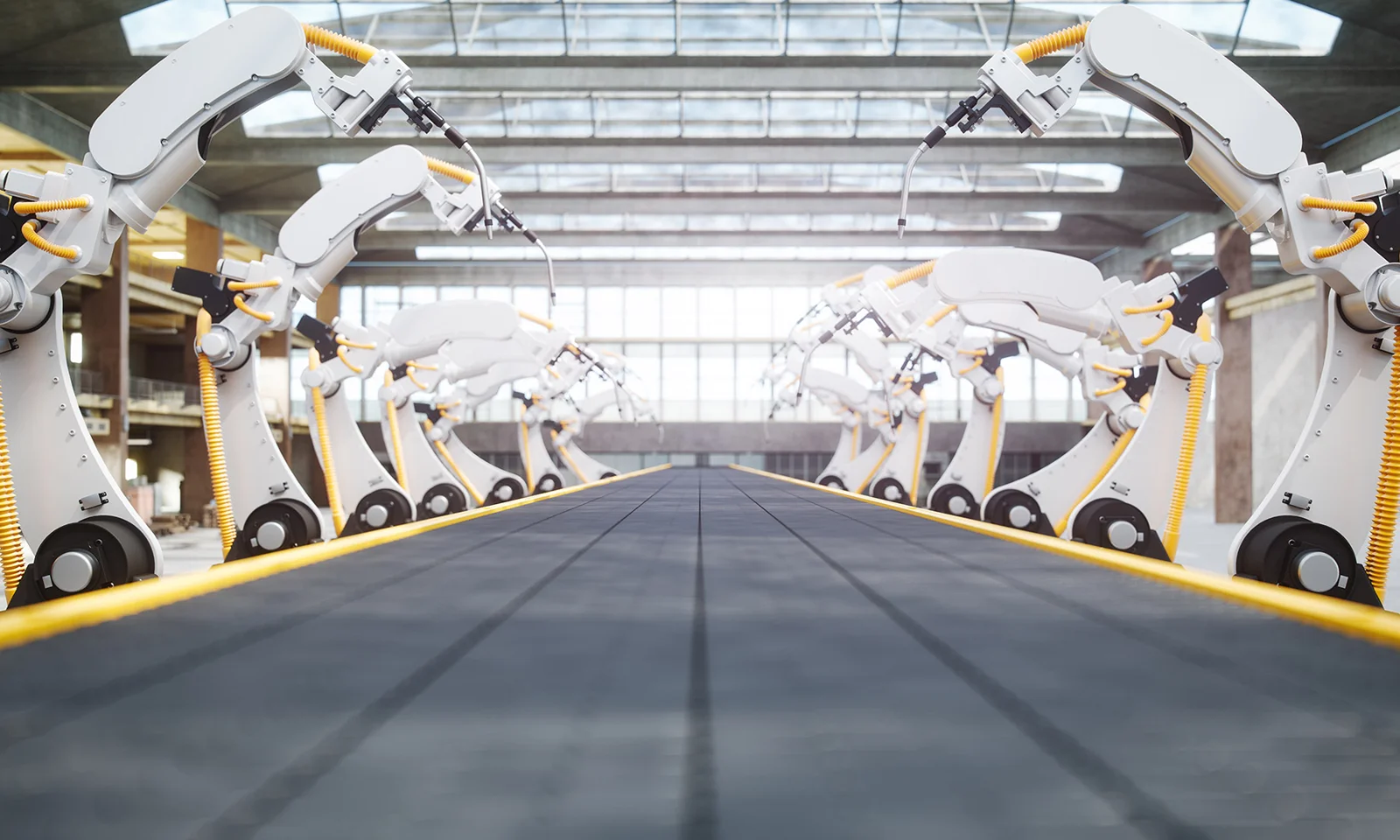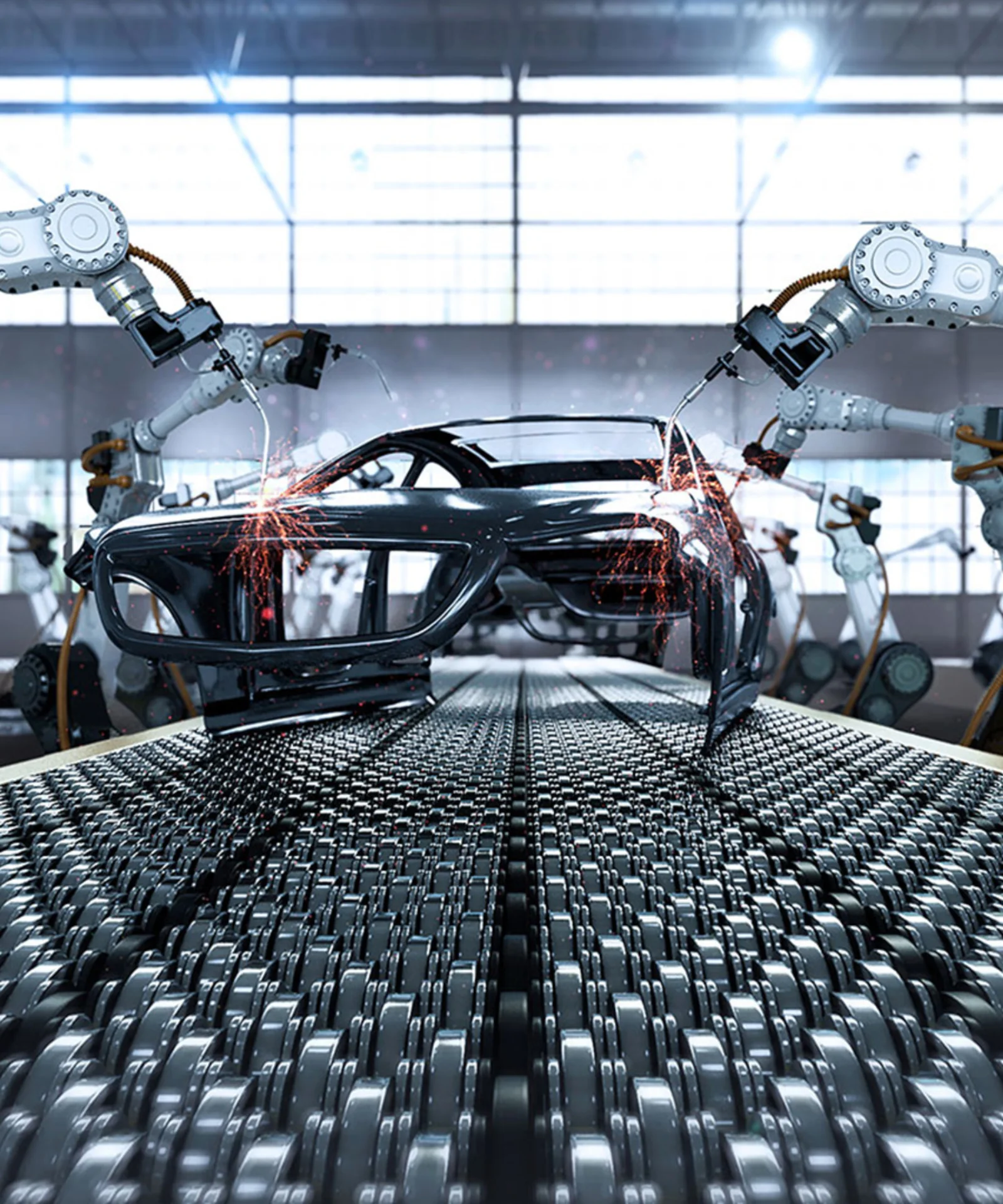Harnessing AI in the Factory


GFT US
During a recent online roundtable discussion hosted by GFT, executives and managers with deep experience in manufacturing technology described a range of valuable uses for new AI tools. They talked about machine vision to boost quality control and automate inspections, and predictive AI to improve maintenance schedules and avoid downtime. They highlighted how AI can make a company’s knowledge base more accessible or its supply chain more reliable. They described their challenges and their successes.
All of the gathered experts — who are working today to usher factory operations into an AI-enabled future — agreed that the technology will be transformative. Companies can lead, or they can watch as competitors gain an edge.
At the heart of it, of course, is data, which is central to any AI use case, says Ignasi Barri Vilardell, GFT’s Director of Digital Strategy, Global Business Development. As he put it succinctly: “No data, no party.”
But the data strategy must be part of a larger initiative to get the organization ready for an AI transformation. With that in mind, here are some principles for manufacturing leaders to consider as they chart their AI journey.


Define the problem
As much as it may be tempting to run with the newest AI technology, the gathered experts cautioned that the first step is to know the outcome you are solving for.
“People want to go and get the solution before understanding the problem,” said one participant, head of IT for a large pharmaceutical company. A related issue is jumping to an AI solution before knowing where the data will be found, this person said.
Ignasi furthered the point:
Knowing the improvement you want, and how it aligns with the overall business strategy, makes it possible to prioritize the AI solutions the organization needs the most. Once the business case is clearly defined, it becomes possible to set clear performance metrics for the technology implementation.
Develop an AI strategy
One of our participants, an executive at a large software maker who supports digital transformation for manufacturers, said most companies are playing catch-up. This person regularly works with organizations that have no real AI strategy in place. To build an AI factory, companies need a data pipeline, strong algorithms, and an experimentation platform.
Another way this executive described the current situation is that cloud providers and software makers, having developed the reference architecture for many AI-based manufacturing solutions, are providing a well-equipped kitchen. “Everyone can come cook, but everyone has to bring their own ingredients.” And the key ingredient is data.
Indeed, the most important thing in any AI strategy is a solid data strategy. Companies need to address data infrastructure, accessibility, and governance. This is foundational work to underpin the AI solutions that are being implemented today and those arriving in the future.


Manage the people part
As AI tools boost efficiency and productivity, they are going to affect people’s jobs. Our experts offered some cautions, noting the importance of striking a balance between reducing headcount and using AI to help move people toward higher-value work.
Manufacturing operations are often quite siloed. If a technology team descends on a specific factory or facility with big ideas about generative AI boosting efficiency, employees may see a job threat. Consider how you can bring the workers along, said one participant, who leads cyber security intelligence at a company that makes drugs and medical devices.
Proactive communication is vital, this person said. Explain why a particular AI tool is being considered, describe how it supports the business strategy, and discuss openly how it will change work processes. “Make sure everyone understands the benefits and the purpose behind the AI implementation,” this expert advised.
Another participant, the manufacturing IT director at a company that makes laboratory equipment, suggested that no organization should be afraid of reducing headcount with new AI solutions. This is a desirable goal that supports the business strategy. Still, every company should have a comprehensive program to retrain employees for new roles the AI technology may create, the IT director said. Fostering a culture of continuous learning will help smooth the transition as manufacturing evolves and changes.
Embrace good data governance
A solid AI strategy needs to address data governance and data security. Guidelines need to be established for how data will be used across the organization to support AI projects without compromising privacy or security standards.
Data often exists in pockets, spread around an organization. Effective data governance rules and practices can help to ensure that reliable data is accessible when and where it’s needed for AI applications, according to a roundtable participant who is vice president for digital technology for a distributor of health care products.
A related issue, alongside data security and governance, is the growing concern that an organization’s data will not be used to train someone else’s AI model. Clear guidance can help to assure that company data used in generative AI solutions does not go further.
Companies want to know that “all that data is going toward training models that the company will own and retain and manage going forward,” said Brandon Speweik, GFT’s Head of Industry Sales and Strategy.
Manufacturing companies are building for an AI future, Brandon said. And the experts assembled for this roundtable kept circling back to the idea that it is becoming ever more important to have a strategy to collect your data and make it accessible — and a platform that’s flexible and scalable and ready to help your company grow.







